1. Literature and art (VHNT) is a very important, delicate, sensitive field, with a special advantage in building people in general and soldiers in particular. Because of the awareness of this importance, since its infancy, the predecessor newspapers of the People's Army Newspaper have devoted an important part to Literature and Art. If in the early 40s of the last century, the newspaper Tieng gun reo only included amateur writers from the grassroots, in which the literature and art section had only a few folk songs, then by 1945-1946, in the Liberation Army Newspaper and Sao Vang Newspaper, there were artists and intellectuals: Nguyen Cong Hoan, Tran Huy Lieu, Le Tat Dac, To Ngoc Van...
In March 1947, the Central Military Commission published a new newspaper for the armed forces, named Ve Quoc Quan, on the basis of merging writers from Sao Vang Newspaper and Chien Thang Newspaper; gathering a team of talented artists such as Duong Bich Lien, Tran Dang, Vu Cao, Vu Tu Nam, Mai Van Hien... Exactly one year later, in March 1948, the Central Military Commission and the General Command continued to publish another newspaper dedicated to local troops and guerrilla militias, named Quan Gu Kich. During this period, the literature and arts section of the two newspapers Ve Quoc Quan and Quan Gu Kich was invested in expanding many columns with rich genres such as: Poetry, short stories, memoirs, short plays, travelogues, satirical paintings and many songs reflecting the fighting life of our soldiers on the front.
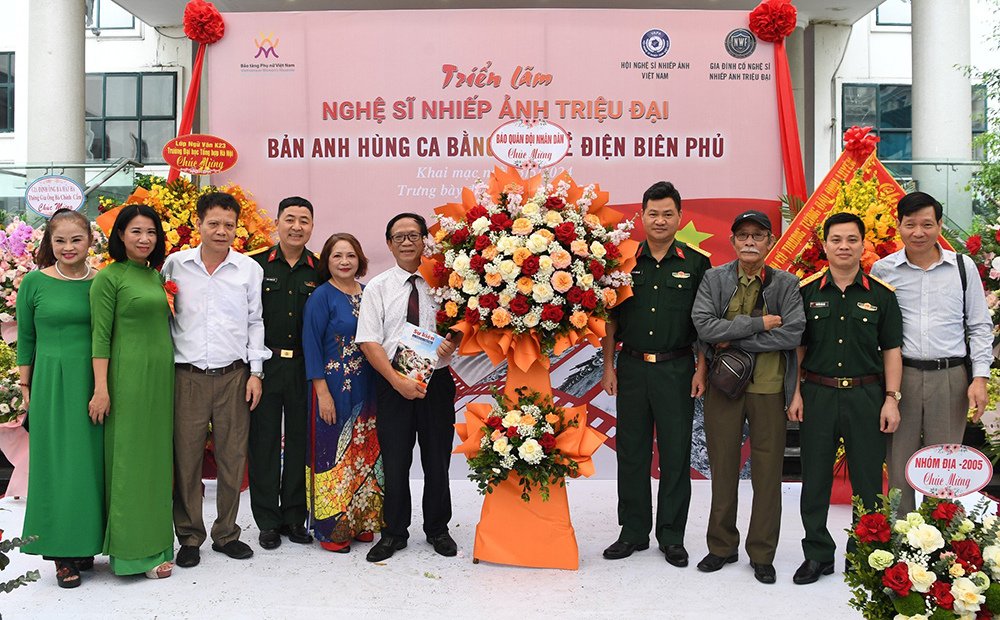 |
| Representatives of the People's Army Newspaper presented flowers to congratulate the photo exhibition of the late photographer Trieu Dai, May 2024. Photo: PHAM THU THUY |
During this period of turmoil, many patriotic poets, writers, intellectuals, and intellectuals bravely abandoned urban life, abandoned the romantic, dreamy pages of literature and free verse of the sad urban "ego", filled with a sense of loneliness, to enter the nation's long-term resistance war. Among the writers and poets who followed the resistance at that time, there were more names: Hoang Loc, Tham Tam, Thoi Huu, Tu Bich Hoang... who were successively added to the newspaper. During this period, the Literature and Arts section of the two newspapers Ve Quoc Quan and Quan Gu Kich was invested in expanding many columns with rich genres such as: Poetry, short stories, memoirs, short plays, memoirs, satirical paintings and many songs reflecting the fighting life of our soldiers on the front... The merger of the two newspapers Ve Quoc Quan and Quan Gu Kich into QĐND Newspaper, published its first issue on October 20, 1950. The literature and arts section of the soldier newspaper is becoming more and more rich, diverse, and of improved quality.
It was during this extremely difficult and arduous resistance war that the generation of writers and soldiers of the People's Army Newspaper made an important contribution to creating a new literary genre called revolutionary literature, with the central character being the soldier - the National Defense Army, Uncle Ho's Soldier, of which Tran Dang is an example. Tran Dang was also the first professional writer to create the clearest image of Uncle Ho's Soldier in his famous work "Once in the Capital" (1946) and then the image of the company commander in his "Battle of Pho Rang". Along with Tran Dang, poet Thoi Huu with his famous work "Up to Cam Son" recorded the harsh, arduous but still optimistic reality of our soldiers: "Here in the deserted village, the dark forest / Soldiers bring dazzling light / Here the road is covered with old mud / Shovels and hoes make a loud sound of homesickness / Here the faces are as sad as the earth / Soldiers smile as bright as flowers". In the same generation as Thoi Huu, poet Hoang Loc left behind the poem “Visiting a Friend” which honestly and naturally describes the hatred for the enemy and the sacred camaraderie: “Whoever shot you/ Which gun aimed at you/ Please point it out/ Call its name out!/ Its name is imperialist/ Its name is colonialist/ Is it a bandit/ Or is it a traitor?”. As a front-line reporter for the National Defense Newspaper, poet Tham Tam was present at most of the important battles. In the poem “Rainy Afternoon on Road No. 5” he wrote: “Rainy afternoon, thousands of flowers bloom/ Flowers flutter in spring/ The floor stove ignites a fire/ A cup of tea filled with the fragrance of people’s love...”.
Besides professional writers, the People's Army Newspaper also has a strong team of collaborators in the unit with diaries and notebooks that breathe a new, healthy, and authentic breath. They write from their own lives. They create art that is full of life, soaked in sweat and the reputation of guns, as writer Nguyen Dinh Thi once commented: "An art of living happily, fighting happily, working happily, that is the path of literature and poetry that the private soldier has taken. That is also the path of all literature and art of the era."
2. At the end of the resistance war against French colonialism and during the resistance war against the US to save the country, the People's Army Newspaper continued to gather a strong team of writers, poets, painters, and photographers with names familiar to many generations of readers such as: Mai Van Hien, Le Kim, Nguyen Tran Thiet, Nguyen Dinh Uu, Duong Huong Minh, Le Lam, Trieu Dai, Dinh Ngoc Thong, Vu Ba, Do Son, Dan Hong, Luong Quy, Cao Tien Le, Tran Huu Tong, Anh Ngoc, Ha Dinh Can, Doan Cong Tinh, Ha Pham Phu... If in the field of fine arts, painter Duong Bich Lien left behind the famous lacquer work "President Ho Crossing the Stream", then painter Mai Van Hien had the badge "Dien Bien Phu Soldier" which became the symbol of the historic Dien Bien Phu Campaign and many other excellent works of his. The paintings "Pulling the cannon to Dien Bien" and "Inserting the cannon" by painter Duong Huong Minh, along with "Stopping", "Dong Khoi Ben Tre ", and "Long-haired army" by painter Le Lam left an unforgettable mark in the national fine arts.
In the field of photography, the photos “Female militia”, “French troops withdraw from Hang Dau police station”... by Nguyen Dinh Uu will live forever with time. Photographer Trieu Dai, a young man from Hanoi, left behind a photo collection (5 photos) “ Dien Bien Phu Victory 1954”, especially the photo “Waving the flag on the roof of De Castries bunker” which became a symbol of victory in the resistance war against French colonialism. Photographer Dinh Ngoc Thong has a lifetime work: “Soldiers at the Dien Bien Phu Front read letters from home in the trenches”. Vu Ba with works of profound inspiration such as: “Alarm”, “Phuc Tan calls for revenge”, “Driver soldier”, “Into the fire”... Among the war correspondents, artist Doan Cong Tinh is mentioned with realistic photos, hot with the smoke and fire of the trenches such as: “On the marching road”, “On the nameless hill”, “Smile beside Quang Tri Citadel”...
In the literature of the anti-American period, works published in the People's Army Newspaper were considered a sharp weapon of revolutionary ideology. That was inevitable and an obvious truth about the role and position of writers when the country was invaded. During this period, the People's Army Newspaper had a very proud team of writer-soldiers. They were in the position of "The stature of a poet standing at the same level as the ramparts/ Next to the brave soldiers chasing tanks in the fields and shooting down falling helicopters". Their thoughts and actions "Flying along the path of the flying nation". That was Cao Tien Le with the character of an Uncle Ho soldier, his prose works were often heroic and lyrical, filled with the spirit of battle. The story collections "Inside", "Home Wharf", "The Tree after the Red Leaves" were highly appreciated by readers. In the same generation as Cao Tien Le, poet Anh Ngoc also devoted himself to poetry. He published about 20 collections of poetry, prose and translated books, many of which were loved by readers. Writer Ha Dinh Can is the author of many memoirs and novels that are highly appreciated by readers for his intelligent and humorous writing style, but he is especially successful in the field of theater. He is also the writer of the script outline for the work "Vietnam in the Ho Chi Minh era - Television Chronicle" (90 episodes) which has caused a great stir.
3. After 1975, the People's Army Newspaper was once again the common home of a group of young, ambitious, and enthusiastic artists returning from the war. They were Hoang Nhu Thinh, Vu Dat, Nguyen Hong Ha, Pham Quang Dau, Tran Hong, Xuan Gu, Tran The Tuyen, Nguyen Dinh Chien, Do Trung Lai, Tran Anh Thai, Mai Nam Thang, Hong Thanh Quang... These are authors whose names are very familiar to readers nationwide. Due to the time lag and the comprehensive renovation of the Party, the view on art is also more open, so the Literature and Arts section of the People's Army Newspaper is also more diverse and rich.
In the flow of national literature and art, there has been a small, humble flow of journalists and artists of the People's Army Newspaper over the past 75 years. Among them, many have won prestigious awards from the State. They include painter Duong Bich Lien with the Ho Chi Minh Award and nearly 20 authors who have won the State Award for Literature and Art.
Currently, the People's Army Newspaper is still a prestigious newspaper, where many artists and writers trust to publish many literary and artistic works on the subject of armed forces and revolutionary war, imbued with patriotism and noble, humanistic values in the new era of development. The newspaper's staff still has a number of writers and painters who are persistent in creating, following in the footsteps of generations of famous journalists and artists.
Source: https://www.qdnd.vn/van-hoa/doi-song/tu-hao-doi-ngu-van-nghe-si-cua-bao-quan-doi-nhan-dan-867240







![[Photo] Nhan Dan Newspaper launches “Fatherland in the Heart: The Concert Film”](https://vphoto.vietnam.vn/thumb/1200x675/vietnam/resource/IMAGE/2025/10/16/1760622132545_thiet-ke-chua-co-ten-36-png.webp)
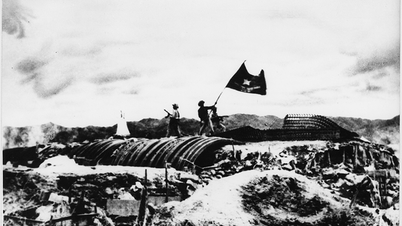
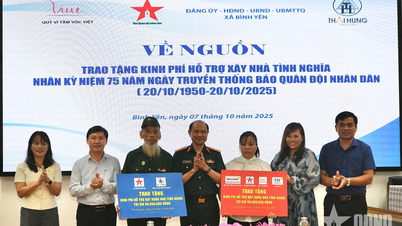
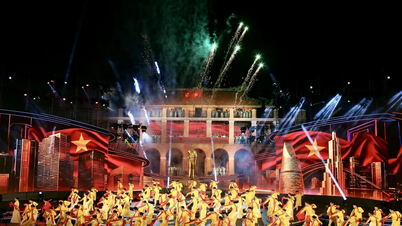













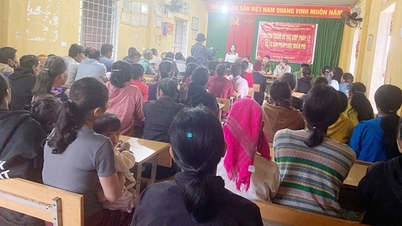

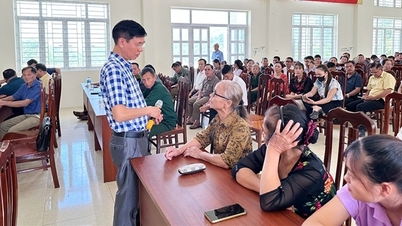




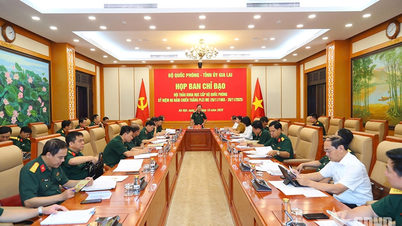
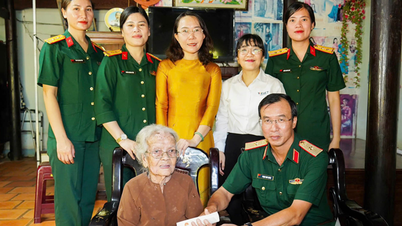
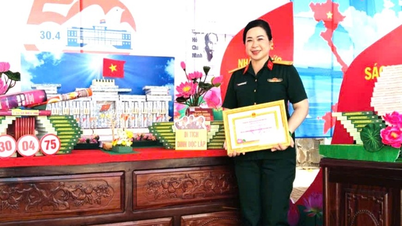
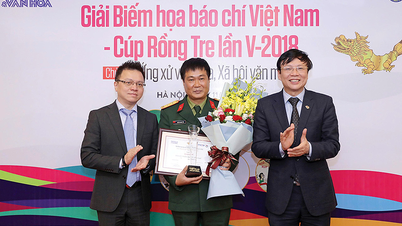
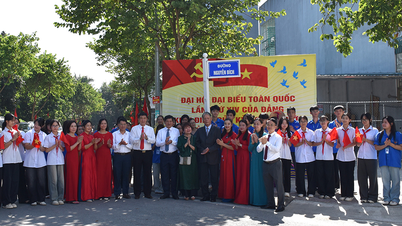
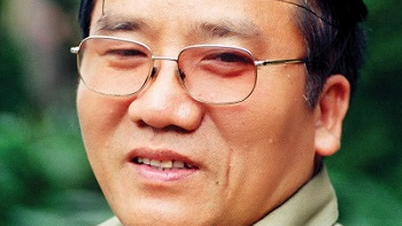



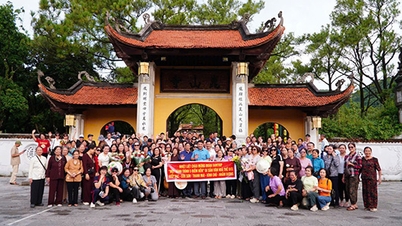




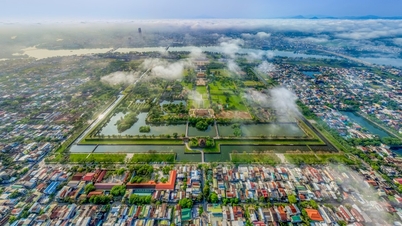

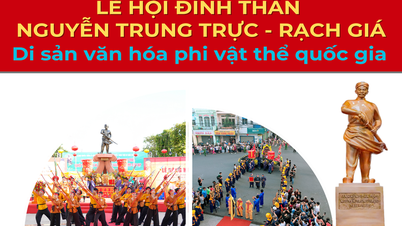





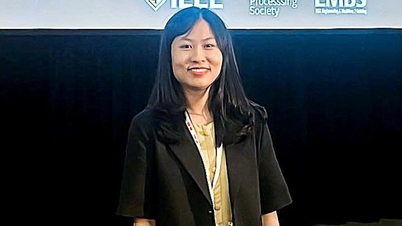



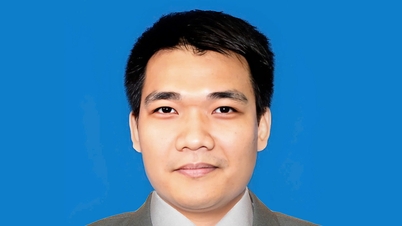

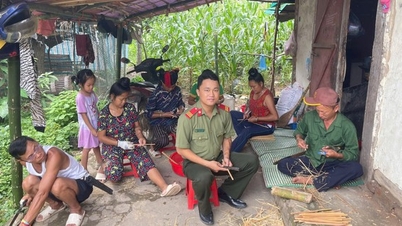
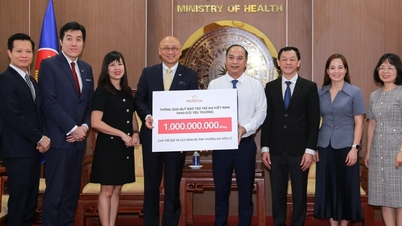





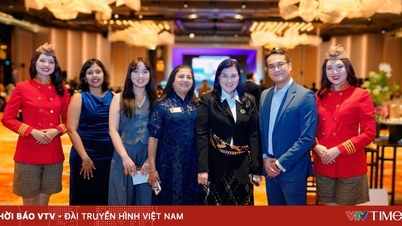

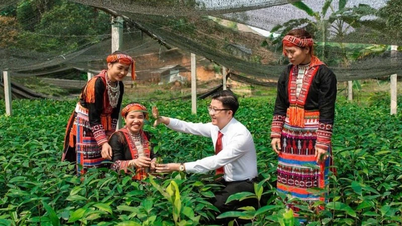






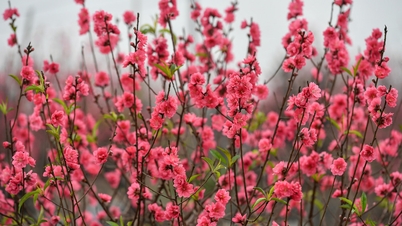

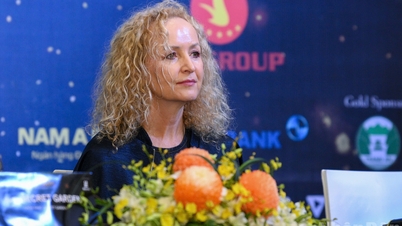
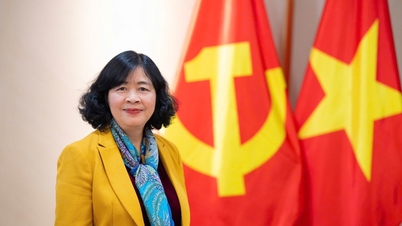
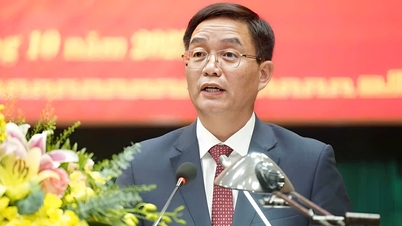


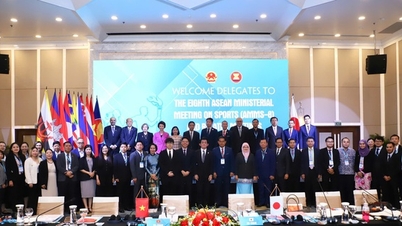

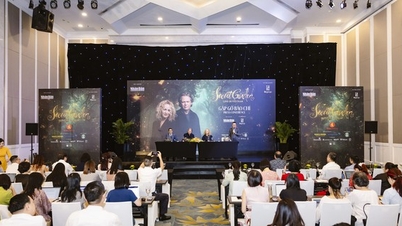




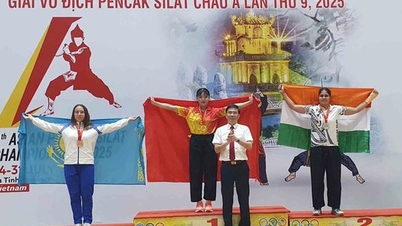
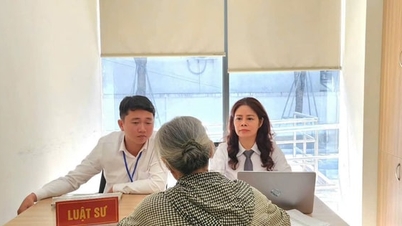
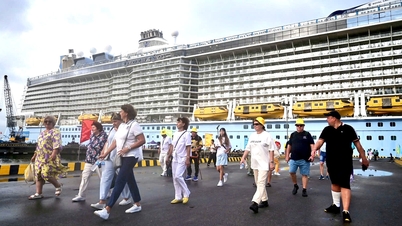
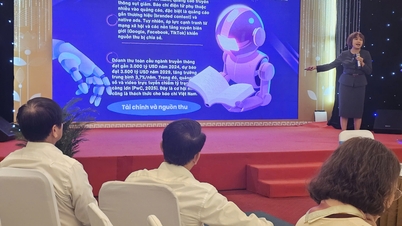
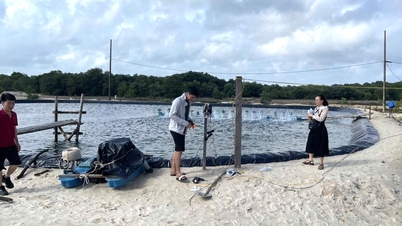

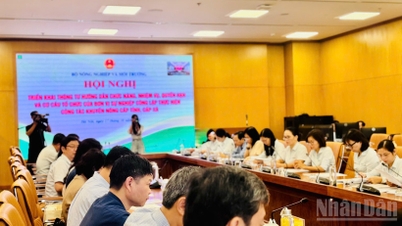
















Comment (0)